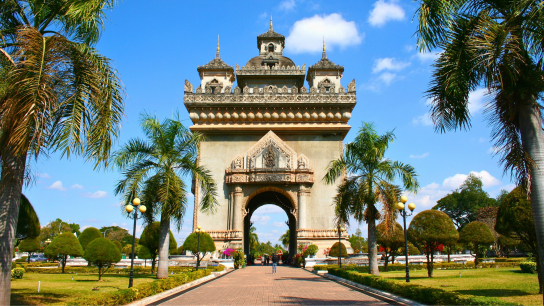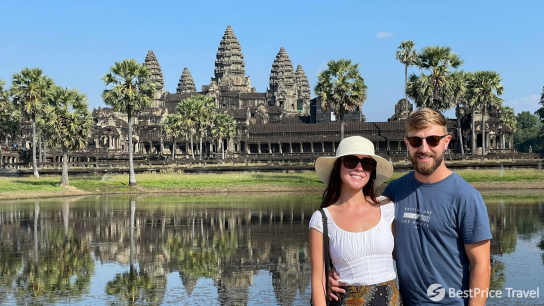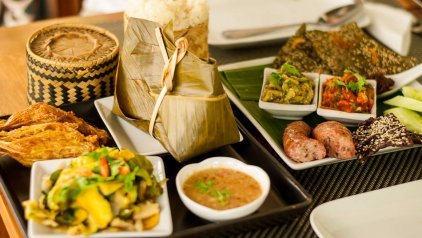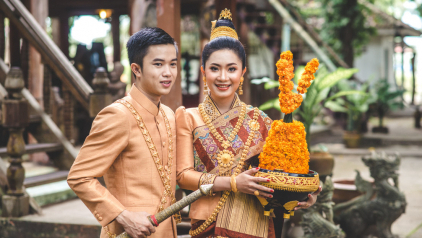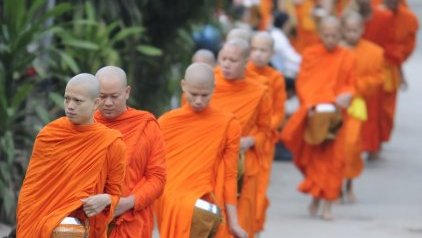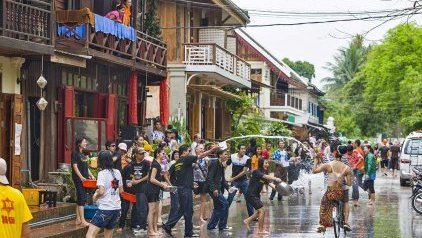Traditional Art of Laos
The influence of Theravada Buddhism is reflected throughout Laos in its language as well as in art, literature, and the performing arts. Buddhist sculptures and paintings make up a large portion of the enduring artistic tradition of Laos.
With its enchanting temples and laid-back village life, Laos resembles a mystical land where time stands still. Laotian art is slowly evolving as the country gradually continues to open up and artists respond to new stimuli. There are a number of traditional arts and crafts that represent their way of life. Lao has a rich cultural heritage with religious art and architecture forming the cornerstone of artistic traditions.
The influence of Theravada Buddhism is reflected throughout Laos in its language as well as in art, literature, and the performing arts. Buddhist sculptures and paintings make up a large portion of the enduring artistic tradition of Laos.
The physical artistic heritage of Laos encompasses archaeological sites, religious monuments and cultural landscapes, traditional towns and villages, and a variety of highly-developed crafts including textiles, wood carving, and basket-weaving.
For hundreds of years, in Laos people grew their own food and made their own clothes, houses, tools, baskets and other things they needed to live. The knowledge of how to do these skills was passed on from parent to child, from one generation to the next. The baskets, cloth and other items people made were both beautiful and useful. These types of hand-made items are known as traditional art forms.

Lao Weaving
Laos has a long tradition of oral literature, including folk tales, children's stories, proverbs, parables and poems. The two great performing art traditions of Laos are rich and diverse folk heritage of the "lam" or "khap" call-and-response folk song and its popular theatrical derivative “lam luang”; and the graceful classical music and dance (natasinh) of the former royal courts. Another excellent example of the richness of Lao culture is in its folk music, which is extremely popular with the people throughout the whole country. Laotian folk music is not written down but is played from memory. The principle instrument is the “khean” – a wind instrument, which comprises a double row of bamboo-like reeds, fitted in a hardwood sound box. The national folk dance is the “lam vong” – a circle dance in which people dance in which people dance circles around each other.
Laos has a rich architectural heritage. One of its most famous buildings is the Great Stupa of That Luang in Vientiane, which is considered a symbol of the country. The temples at Luang Prabang have been designated a World Heritage Site. They have graceful roofs that sweep down close to the ground.
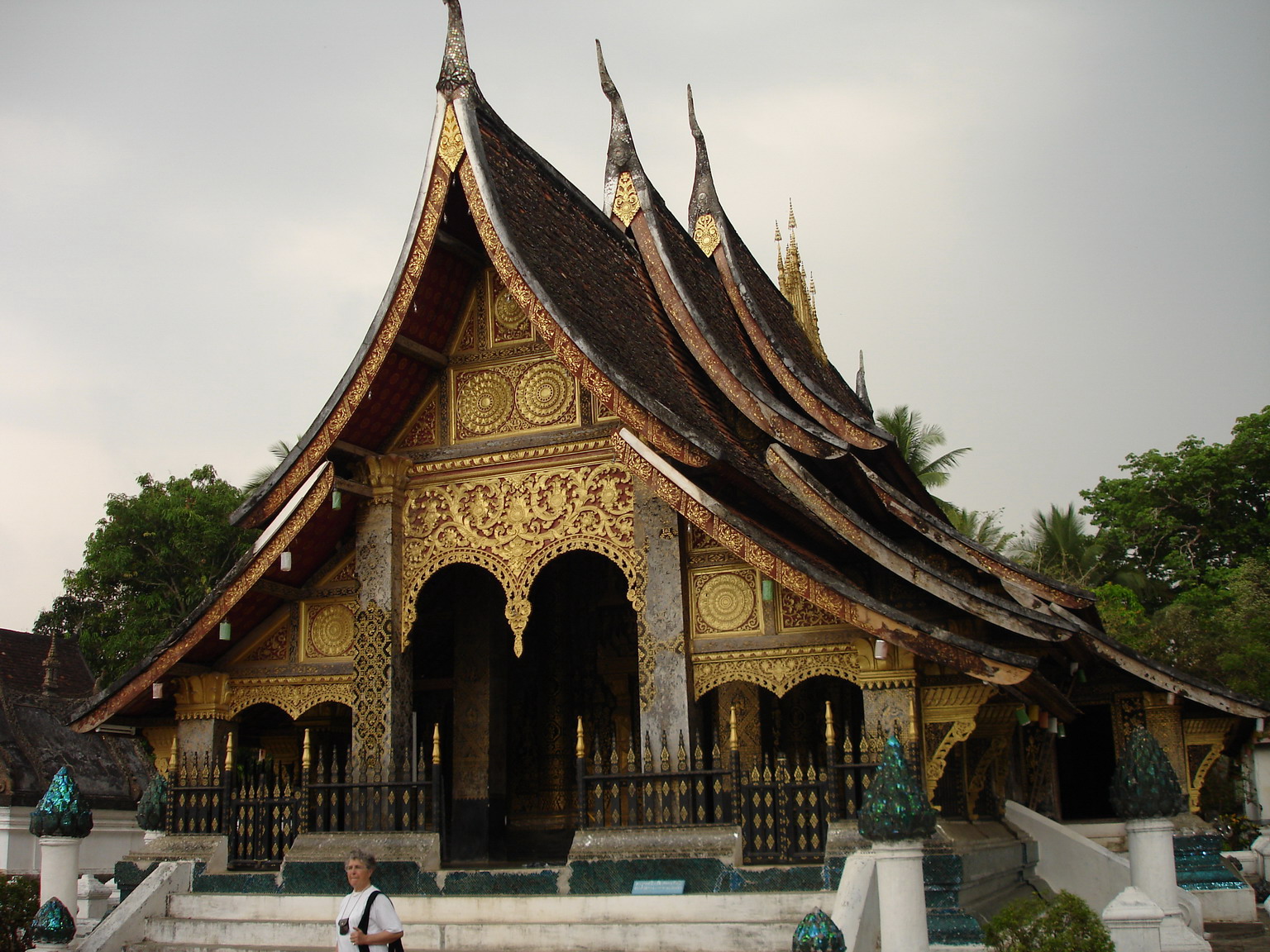
Lao Style Architecture
Except for modern and contemporary visual arts, Lao artistic traditions developed around religion and the political and social circumstances that governed the lives of the various ethnic groups in Laos. Many of these traditions, particularly sculpture, music, and classical dance, were strongly influenced by the Khmer, Vietnam, and Thailand civilizations.

